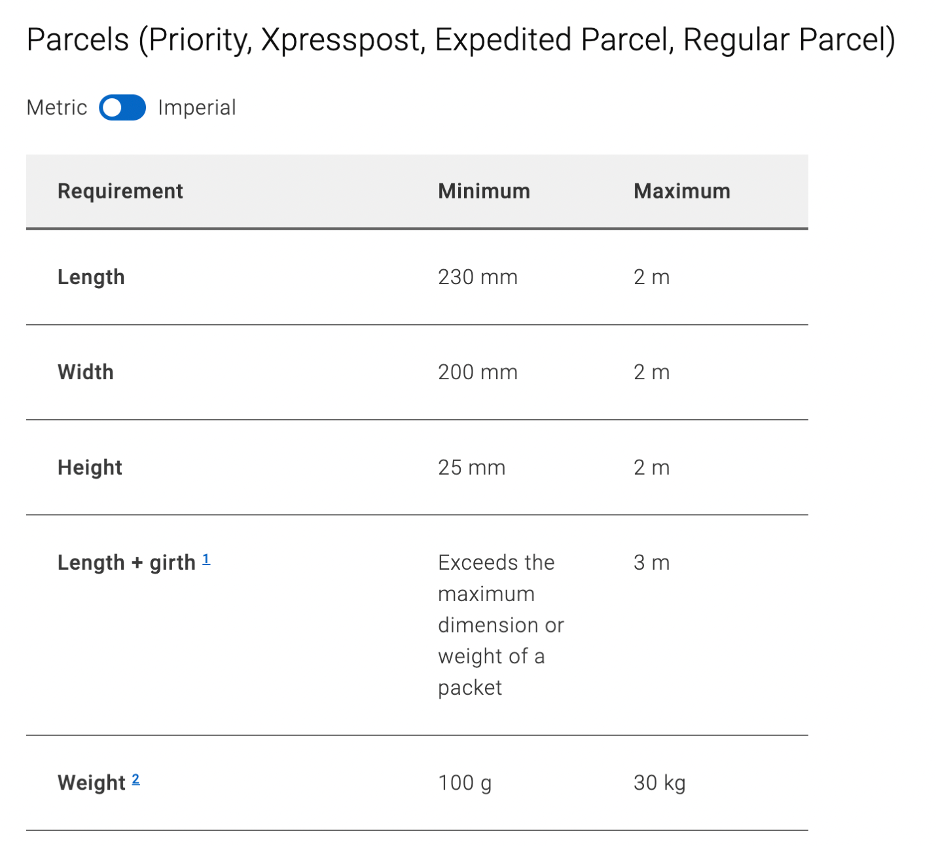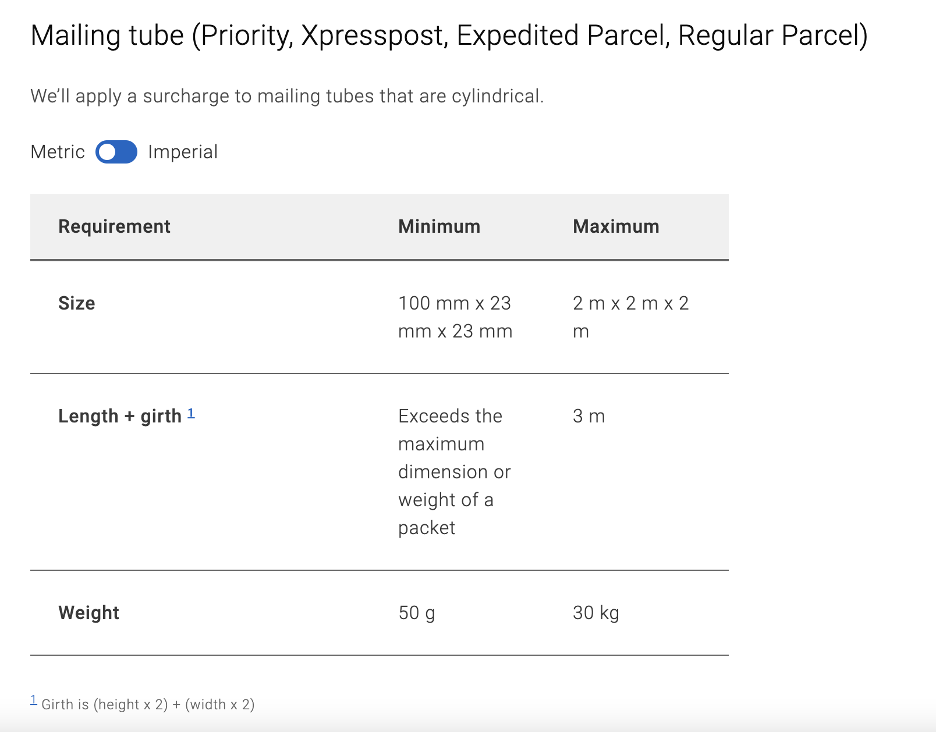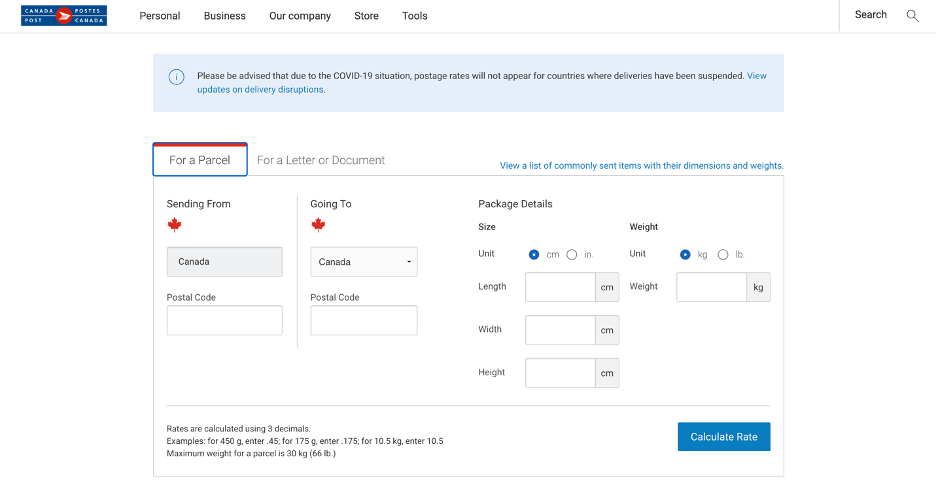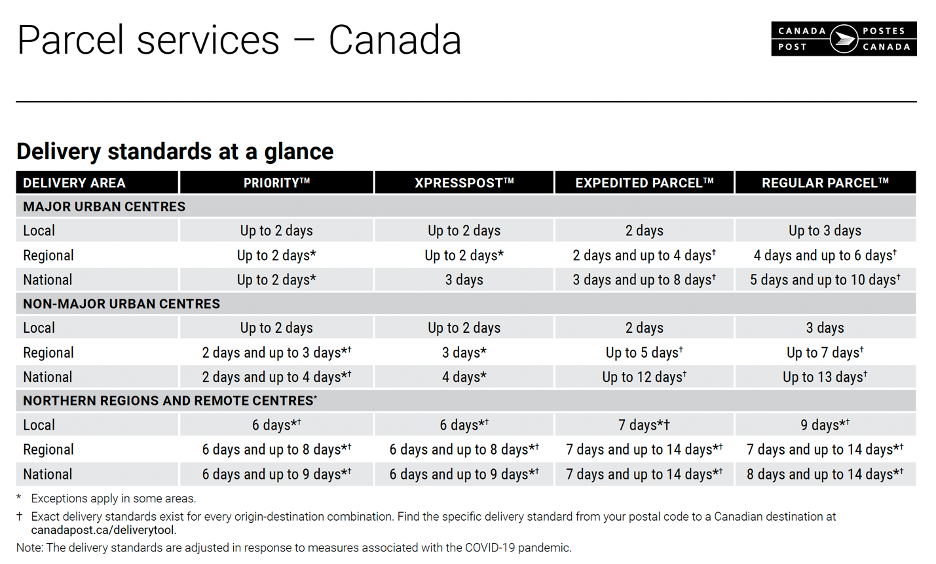Table of Content
- Intro
- Service options in Canada Post
- Size and weight restrictions
- How to calculate the shipping rate
- Delivery speed
- Ship Internationally
- Shipping and packaging tips
Shipping is critical in E-commerce business. Customer satisfaction will be influenced by the package's delivery speed and security. The cost of delivery is also an important factor in determining your profit margin.
If you are doing E-commerce in and out of Canada and are worrying about the packaging and shipping of your business, this article is for you. To get your online business running and growing faster, we have covered the basic features of Canada Post in this guide and provide the tips you can use when packaging and shipping your items.
Service options
Canada Post is the leading delivery service provider in Canada and the only one that delivers to every address in the country. With over 6,200 postal locations, Canada Post makes it easy for E-commerce to mail merchandise both domestically and internationally.
First of all, let’s take a look at the service options in Canada Post. From economical ground shipping to next-day delivery, Canada post offers a variety of shipping options in Canada and internationally.
|
Priority |
The fastest delivery service for time-sensitive items. |
|
Xpresspost |
A fast and cost-effective delivery service. |
|
Xpresspost Certified |
A document-shipping service that captures the recipient’s signature on delivery of the item. This product is ideal for sending important notices or legal or court documents. |
|
Expedited Parcel |
A cost-effective ground delivery service available to customers with a Standing Offer Agreement and to Solutions for Small Business™ cardholders only. |
|
Regular Parcel |
A cost-effective ground delivery service. |
Different service options come with different delivery speed and price. Later we will explain how the delivery speed is associated with the shipping rate.
Size and weight restrictions
As an online business owner, especially if you opt to enter a niche market, sometimes you will sell things that are irregular or oversized. It is critical to consider your shipping carrier's shipment capacity as well as size and weight constraints to avoid potential hazards.
Canada Post has the following size and weight specifications each item must meet.

Using weight restriction as an example, you can see that parcels shipped within Canada have a maximum weight of 30 kilograms. Before bringing your package to Canada Post, be sure it fits within this range.
For example, if you want to mail items with irregular shapes, such as cylindrical tubes, you can do so as long as the size is less than 2 meters, and the weight is less than 30 kg. But of course, a surcharge on irregular parcels will be applied. Items are considered oversized by Canada Post if their dimensions surpass 1 meter, or they measure more than 76 cm along their second longest side.

How to calculate the shipping base price
All of the parameters we mentioned above, including dimensions and weight of the packet, will have an impact on the cost of shipping your item.
The base price is based on the greater of the item’s actual weight and volumetric equivalent of actual weight within the prescribed weight and size limits of the specific product offering used.
You may confirm the base price for shipping your item by following these three steps:
- Calculate the item’s actual weight and the volumetric equivalent of its actual weight.
- Take the greater of these two numbers.
- Refer to our price sheets and find the base price associated with that number.
This is an example given by Canada Post:
An item measures 100 cm x 60 cm x 20 cm with an actual weight of 8 kg. Based on the parcel’s dimensions, its volume is 120,000 cm3. If it were shipped using Xpresspost service, a density factor of 5,000 would apply resulting in a volumetric equivalent of the actual weight of 24.
Because the volumetric equivalent of actual weight of 24 is greater than the actual weight of 8 kg, the correct shipping charge is based on a volumetric equivalent of 24.
Canada Post also provides this Rate calculator to help you estimate the shipping rate for each parcel.

In particular, to help small business owners like you, Canada Post has provided business prices along with other business solutions. For example, after signing up as a business account in Canada Post, they enable small businesses to book a shipment pickup with a small cost, allowing them to outsource this labor work and focus more on long term growth of their business. We will talk about the E-commerce solutions in Canada Post with more details in our next upcoming post.
Delivery speed
Now let’s move to delivery speed, another key factor in influencing customer satisfaction. Here are the delivery standards to ship within Canada.

We can tell that the shipment speed is highly dependent on the shipping destination and the shipping service selected. For example, if you choose to ship to a non-major urban center by using a regular parcel within the same region, it will take up to 7 days. It may take up to 13 days if you want to ship things across regions within Canada.
Ship internationally
On top of well-established domestic distribution channels, Canada Post also offers international shipping and delivers to the United States as well as more than 190 countries globally. However, things grow more complicated when it comes to cross-border shipment.
- Some items may be restricted and prohibited for the destination country. Always check international destination listing to see if the type of item you are sending can be sent by Canada Post.
- There are so many features and options available for international shipping services. The shipping cost and delivery time will be totally different based on different preferences. It is critical to understand how long it takes for your shipment in order to manage customer expectations. Don’t over promise your customers.
- All international mail is subject to the customs regulations and laws of both the origin and the destination countries. Be sure to check out the Postal Export guide provided by Canada Post and follow these rules.
- You may need to use this calculator as well to get a quote of your international shipping. Again, the price varies depending on the delivery speed you choose.
Tips for shipping and packing
Effective shipment preparation enhances your customers ’delivery experience. To achieve this goal, we have compiled a list of suggestions about shipping and packaging to help you minimize costs while optimizing efficiency and speed.
- Understand the minimum and maximum sizes and weights of packages accepted by Canada Post. You don’t want to be told that your item couldn’t be mailed after you’ve packed it and taken it to the post office.
- Avoid selling and transporting unacceptable items. You are responsible for ensure that the contents meet all current applicable requirements and the item or items can be shipped under Canadian legislation. Items to avoid shipping include:
-
- dangerous substance or article prohibited by law
- Contains food perishables or live animals
- Items that may omit offensive odors
- Is improperly prepared or insecurely packed or wrapped
- Select packaging with the right size, shape and strength for your goods. As previously stated, the basic price of the package is based on its real weight or volumetric equivalent of actual weight, whichever is larger. As a result, the size and shape of the package will impact your earnings.
- Make sure that the item is securely wrapped. Check all seams of the item are firmly sealed with quality packaging tape to ensure that your item stays closed. Do not use string, masking tape or ordinary household tape.
- Make sure the item has sufficient cushioning and reinforcing material to prevent loss of or damage to the item. You can use things like polystyrene foam peanuts, bubble wrap, cloth, or newspapers to help fill empty spaces and curb movement. As a guideline, the customer’s packaging should withstand a drop of approximately one meter on to concrete in order to prevent potential damage or breakage.
- Make sure that there is no confusion about the identity of packages being mailed. Boxes and other types of packaging that have been used previously for restricted items or non-mailable matter must not be reused for mailing other goods, unless they are rewrapped in a manner to cover all information that refers to restricted items or non-mailable matter
- Utilize additional delivery services for important and valuable items. For example, signature confirmation means the courier won’t release the package until it’s signed for. If you want the recipient's signature confirmation delivered to you, you can choose a Hard-Copy Signature. It is also recommended that you purchase insurance coverage to protect your shipments.
Conclusion
In this post, we have covered some basics about Canada Post as well as some shipping and packaging advice for merchants who need to manage their own delivery. In future postings, we will explore more resources and tools that Canada Post offers to small businesses to help them ship and save. More articles regarding Shoplazza fulfillment apps such as Shippo will also be presented soon. Stay tuned!
Sign up today to get a 15% discount! Turn dreams into actions with Shoplazza!


